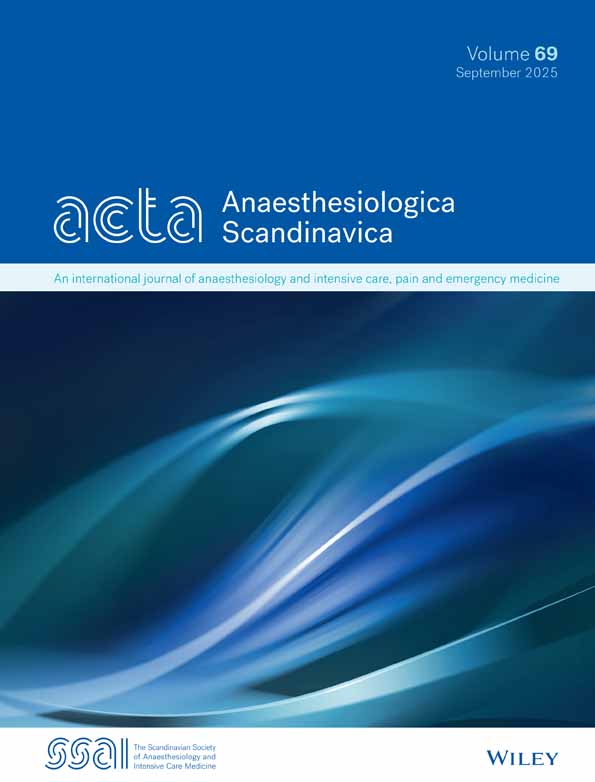Haemodynamic effects of volume resuscitation by hypertonic saline-dextran (HSD) in porcine acute cardiac tamponade
Abstract
Background: Hypertonic saline-dextran (HSD) has been utilized for small-volume resuscitation in acute circulatory shock. However, HSD has also been reported to induce myocardial depression. The aim of this study was to examine the effects of HSD on cardiac performance and splanchnic perfusion in a low cardiac output model based on experimental cardiac tamponade.
Methods: Seven anaesthetized, mechanically ventilated pigs of both sexes (weight 24 ± 2 kg, mean ± SEM) completed a randomized, cross-over protocol. A low cardiac output state was established by intrapericardial infusion of dextran. Animals were resuscitated by bolus infusions (4 ml kg−1 in 2 min) of either 7.5% hypertonic saline-dextran or Ringer's acetated solution (RAc) and then observed during tamponade (20 min) and following its release (40 min). Central haemodynamics, portal venous (QPV) and renal arterial (QRA) flows were measured together with gastric, jejunal, hepatic and renal laser-Doppler flowmetry.
Results: Resuscitation using HSD in a low cardiac output state completely restored QPV and improved gastric, jejunal, hepatic and renal microcirculation as assessed by laser-Doppler flowmetry while no significant effect was observed in QRA. No such beneficial effects could be observed when animals were resuscitated using RAc. The improved haemodynamic state by HSD was maintained following release of cardiac tamponade while perfusion in RAc resuscitated animals returned to baseline or even remained depressed (hepatic and renal microcirculation). No signs of cardiodepression by HSD were observed.
Conclusion: Resuscitation using HSD in a low cardiac output state restored splanchnic perfusion and microcirculation without any signs of cardiodepression.




